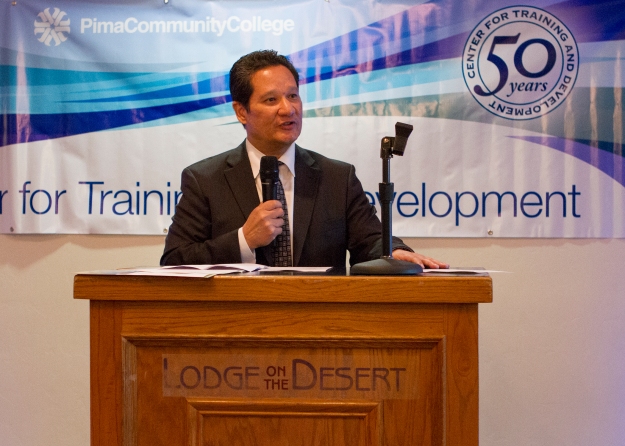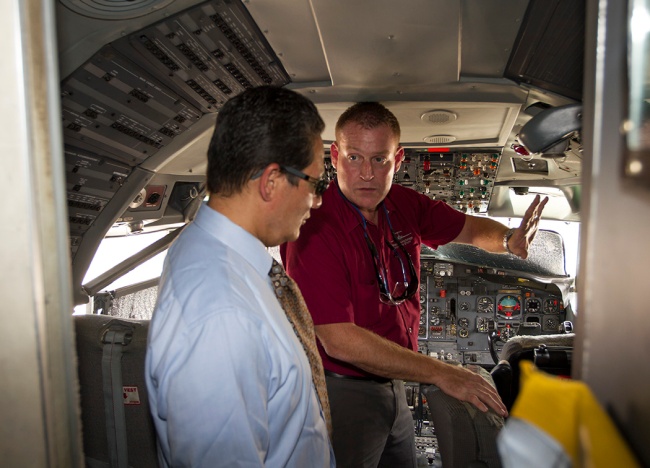I am excited to note that last week Gov. Doug Ducey signed into law a measure that represents a major leap forward for Pima Community College and for the economic development of our state.
Through newly enacted Senate Bill 1322, community colleges will be able to help Arizona’s workforce rise to the top of a brutally competitive 21st-century global marketplace.
It removes some caps on spending money necessary to develop career and technical education programs in high-demand fields such as cybersecurity, nursing and aviation technology, and in the science, technology, engineering and mathematics (STEM) sectors. It also provides relief for community colleges engaging in entrepreneurial activities, such as entering into contracts with employers to provide workforce training.
The law does not raise taxes. In fact, it protects the interests of taxpayers by establishing a clear, transparent method for estimating full-time student enrollment used to calculate the College’s expenditure limitation. The law provides PCC with the financial predictability necessary for effective strategic planning.
SB 1322 passed with bipartisan majorities in both the House and Senate. The Arizona Legislature and Gov. Ducey deserve praise for recognizing the legislation’s benefits to workforce and career readiness.
PCC joined with the state’s nine other community college districts in championing the legislation, but the effort would not have been successful without the backing of the area’s education, government, business and community leaders. Thank you for your ongoing support!
I am particularly proud of the way the College community stepped up, especially Executive Vice Chancellor for Finance and Administration Dr. David Bea and Executive Assistant Carl Englander; Executive Director of Media, Government and Community Relations Libby Howell and Advanced Analyst Michael Peel; and contract lobbyist Jonathan Paton.
As Governing Board Chair Mark Hanna remarked last week in a message to the College community, “This success will translate into a stronger Pima Community College that develops and trains students to become future workers and leaders and in turn strengthen our community and its economy. You should be proud of your accomplishment and we appreciate your efforts.” Well said.


